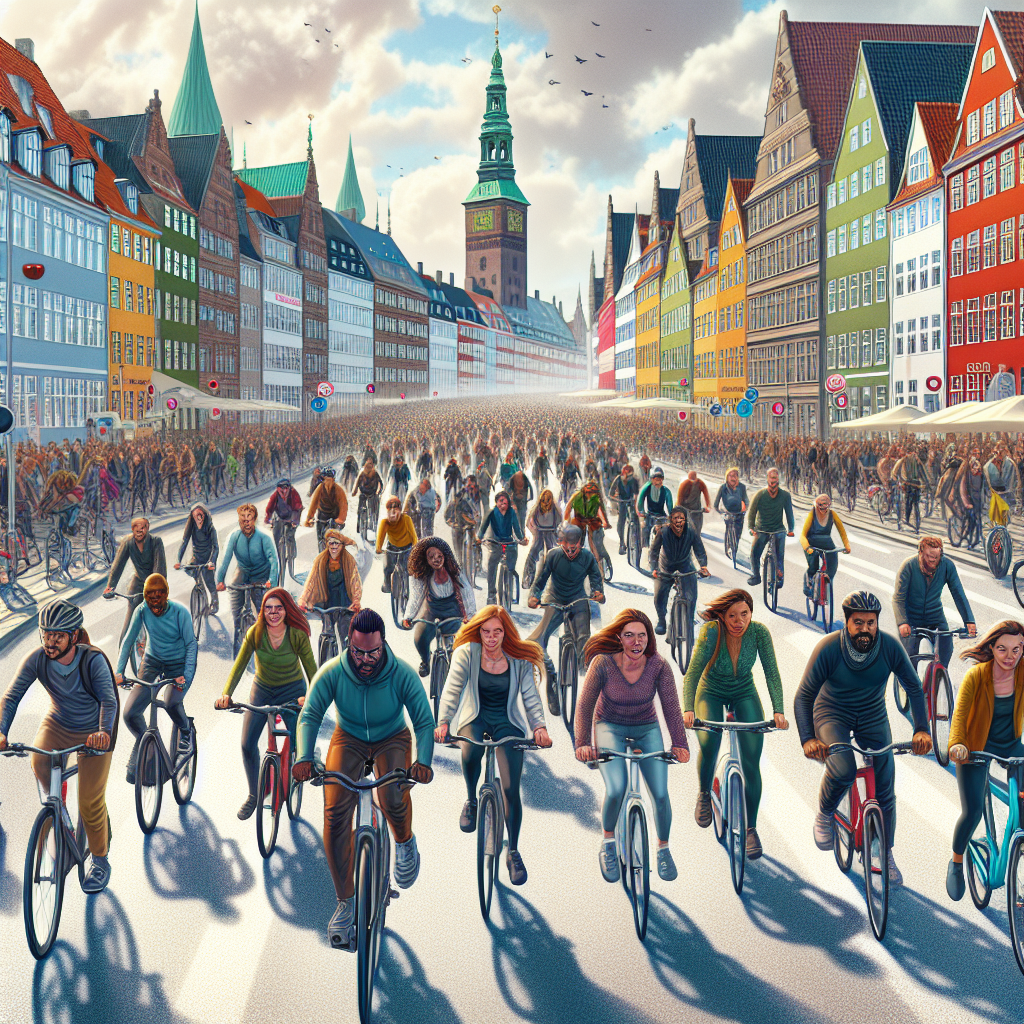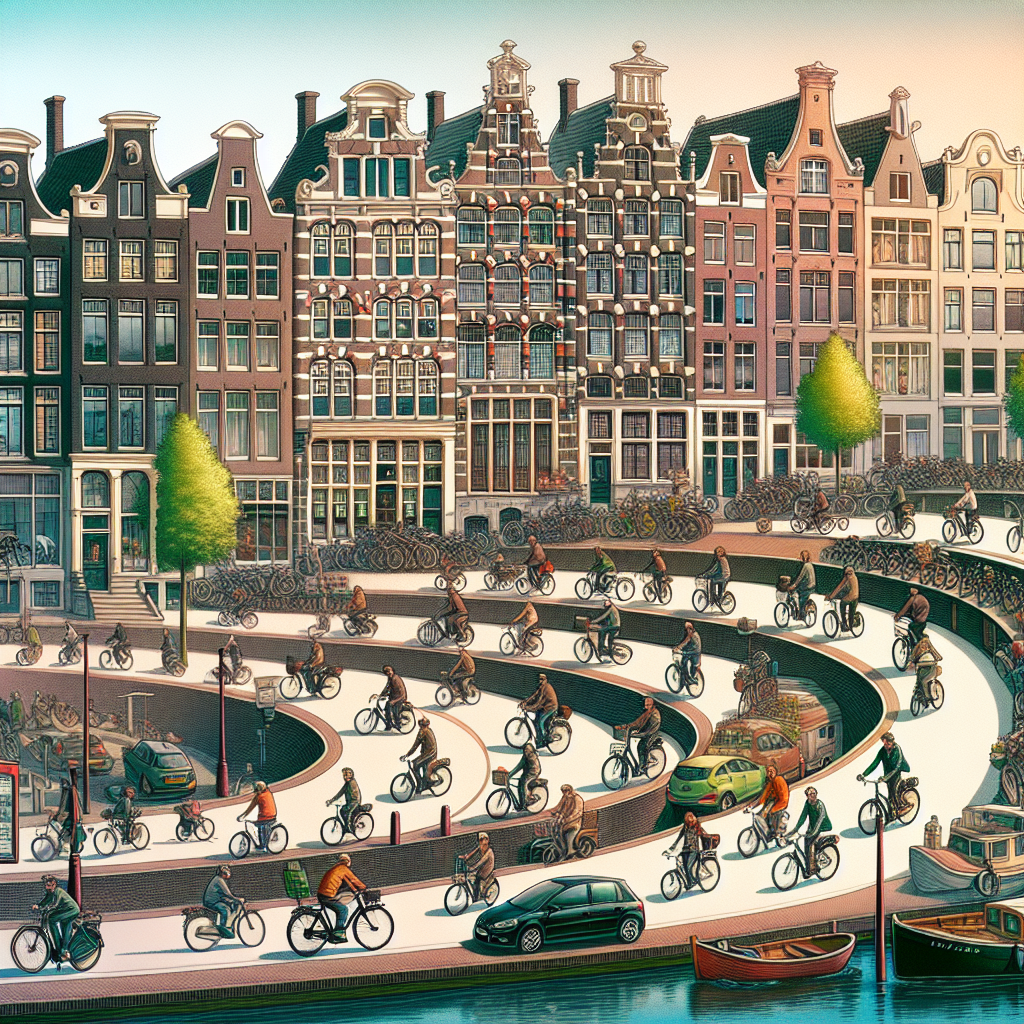
A day in the life of cities worldwide has been significantly transformed by an ever-expanding wave – bicycle infrastructure. As pedal power gains momentum against fossil fuel reliance, we have witnessed landscapes reimagining themselves into greener, cleaner urban jungles.
Policy Overview: Reflecting on this phenomenon’s genesis takes us back to local government bodies endorsing bicycle-friendly policies, programs encouraging bike use, and public investments focusing on safer cycling routes.
Historical Context: From Amsterdam’s bike revolution in the ’70s to Copenhagen’s current status as a cycling haven – there is a rich tapestry of stories that underline how bicycles have shaped cities and their culture. These tales of remarkable change carry lessons for cities embarking upon similar paths today.

Stakeholder Perspectives: The enthusiasm is palpable amongst urban planners dreaming up cycle utopias while civic societies rally behind them. But not all share this vision – businesses fret about reduced parking spaces; pedestrians worry about potential road conflicts.
Economic Impact: Despite opposing sides, economists are seeing benefits outweigh costs—with jobs created in manufacturing bikes & constructing lanes alongside health-care savings associated with increased physical activity.
Social Consequences: Undeniably there are challenges too – gentrification fears loom where new lanes appear; accessibility issues arise for those unable to cycle due to disabilities or age. Yet, amidst these challenges, the bicycle emerges as a symbol of egalitarian mobility.
Implementation Challenges: Despite enthusiasm and economic benefits, hurdles exist. The struggle lies in allocating space between cyclists, pedestrians, and motorists. Further pressure arises from climatic and topographical inflexibilities limiting cycling’s viability year-round or across different terrains.
Success Metrics: Cities around the world are experimenting with quantifiable metrics to gauge their efforts—cycling rates rise; commuter stress levels drop; environmental indicators improve—the evidence seems both tangible & anecdotal.
Alternative Approaches: There’s no ‘one-size-fits-all’ solution—a fact many cities learn after much trial-and-error. Some places juggle shared pedestrian/bicycle spaces efficiently; others find success in fully segregated routes or even elevated cycleways.
Future Projections: As we look ahead, one finds it hard not to be hopeful seeing today’s nascent inventions—hyper-efficient e-bikes overcoming hilly terrains; bike sharing programs expanding rapidly; bicycles designed specifically for transporting goods/children becoming more common-place.
In conclusion – our ‘Immediate Impact’-focused society could do well learning from historical lessons while paying heed to social implications garnered along this journey. The age-old adage holds: it is indeed about the journey rather than just the destination! A worldwide ‘Future Vision’, which sees bicycling considered an equal player on urban streets will certainly benefit everyone!
